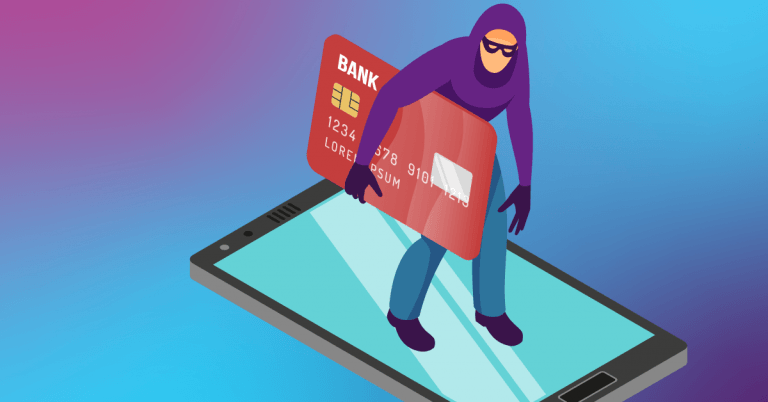In this day and age, it’s tough to trust just about any call that comes to your phone. Who hasn’t experienced an irritating and unwarranted “courtesy call” or scam? It seems that there is no end to the methods that scammers will use to infiltrate your life.
At SpectrumVoIP, we understand your frustration. And when we realized that one of the phone service features that we offered could be confused with the annoying and dangerous “call spoofing” that you’ve come to despise, we knew it was time to write this article. So today, we’d like to share with you the difference between what we call “Caller ID Management” and “Call Spoofing.” That way, you can be prepared when a call comes in, no matter who is on the other end of the line.
What is Caller ID Management?
This SpectrumVoIP feature allows businesses to use one unified Caller ID for all of their phone lines so that when they call their customers, the Caller ID identifies the company.
Here’s an Example…
Let’s say you call AAA Electric Company to ask a question about your bill, but you don’t want to wait on hold. You take advantage of their option to leave your number for a callback. Later, when AAA Electric calls, you see their Caller ID on your phone and answer. This is a great way for businesses to announce themselves before the call even starts, and it makes customers feel more comfortable answering their phone.
Ironically, Call Spoofing does just the opposite. Scammers use what is meant to inform the customer and turn it into something that manipulates them.
What is Call Spoofing?
Put simply, call spoofing is when a caller disguises his or her identity by manipulating your Caller ID display to mimic a local number or trusted company. When you answer, thinking that you are speaking to someone you may know, you are then prompted to give up personal information of some sort like your birthday, social security number, credit card information, or banking information.
What Does Call Spoofing Look Like?
We can’t trust what our Caller ID says anymore. Call spoofing will appear legitimate, so when you receive an incoming call, you’ll see a local number or the name of an individual or company that you may recognize. However, this is why call spoofing is so effective. Our tendency to trust can get us into trouble. Here are some examples of this scam. Please note: since call spoofing is an ever-evolving “art,” these examples do not encompass every type of call spoof that you might encounter.
- Example One: Your phone starts ringing, so you pick it up and see a local number or the words “Local Call” on your phone’s screen. But, when you answer, you encounter a robot-voice telling you about a must-have warranty or threatening you with some sort of negative outcome if you don’t input your information right away.
- Example Two: Your phone starts ringing, so you pick it up and see the name of a trusted company like AT&T or something more generic like “Warranty Center.” Spoofers hope that you’ll recognize these names and be willing to answer, and when you do, you are asked once again for private or sensitive information.
So, What’s the Difference Between Caller ID Management and Call Spoofing?
Caller ID Management is essentially the legitimate version of Call Spoofing. In other words, when a business uses this feature, they aren’t doing so to scam you but rather to identify themselves when they call you. The business is actually who they claim to be! With Call Spoofing, the caller is impersonating a business (or individual) to scam you.
The Bottom Line
If you receive a call and you did not previously initiate it through a call-back option, do not answer. Most trusted companies and individuals will not call you, especially with an automated system, and ask you for identifying information. Be wary of anything that feels fishy and report any calls that you suspect could be call spoofs. If you suspect you’ve been a victim of Call Spoofing, you can submit a complaint to the FCC as find other helpful resources on the FCC website.
Want to learn more about Phishing, another type of identity theft scam? Stay informed by clicking here.

